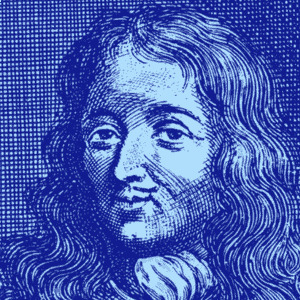D'Artagnan - the real one - was a Gascon.
Alexander Dumas' d'Artagnan was, too, as were all the great protagonists of French adventure literature of the nineteenth century, like Cyrano de Bergerac, for example.
But what was it about the Gascon that made him the perfect model for the popular hero?
Was it his distinct accent, his gift for gab, or perhaps his colourful personality?
Braggart, fighter, courageous, loyal, lover of good food and wine, excessive: these were the most notable characteristics of the Gascon... the first building blocks that compose the hero of adventure.
But, it is within the pages of French history that we can find the original model. For it is there that so many novelists discovered so many colourful Gascons, either well-known or not so well-known, who provided inspiration through their heroism and their loyalty to their master until death.
For, the Gascons have been formidable soldiers ever since they swaggered forth from the mists of time...
Crusaders in the Holy Land and Spain,
Knights of Malta,
In the front lines of the Hundred Years War,
Kinsmen to Joan of Arc - nicknamed the Girl form Armagnac -,
Ever present in the Wars of Italy and wars of religion,
In the baggage of Henry the IVth of France, in the regiment of carabineers...
... we find them again in the seventeenth century as the King's Musketeers.
How could one not see in them the very prototype of the hero of cape and sword?
But, the question begs to be asked: what was it about the Gascons that made them such formidable warriors, at the same time admired and spat upon, cruel as they were generous, gentlemen as well as knaves?
And who were these famous "Cadets" from Gascony?
The response hides in the region's hills, in a geography that helped form the Gascon character.
It is your native Gascony, Sirs, that is a factory of soldiers, the breeding ground of the armies, the flower and the choice among the most warlike nobility of the earth...
(Preface by Florimond de Raymond to the first edition of the Commentaires of Blaise de Monluc)
